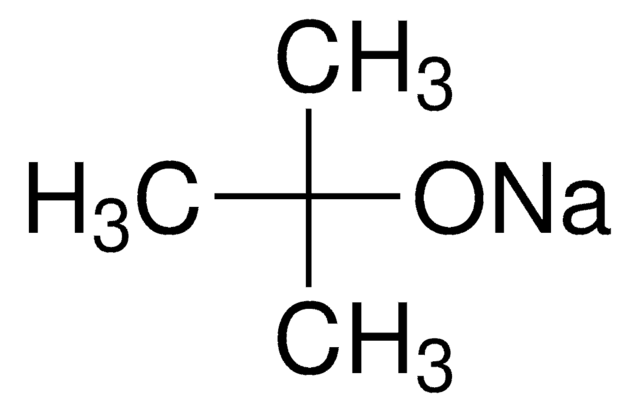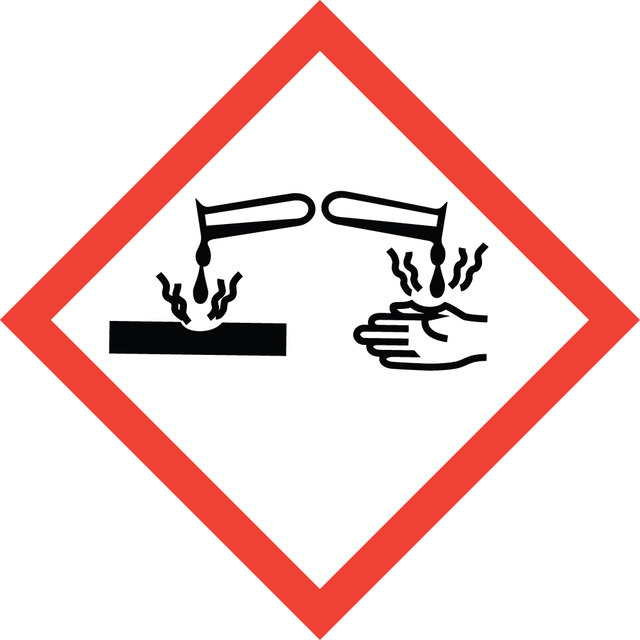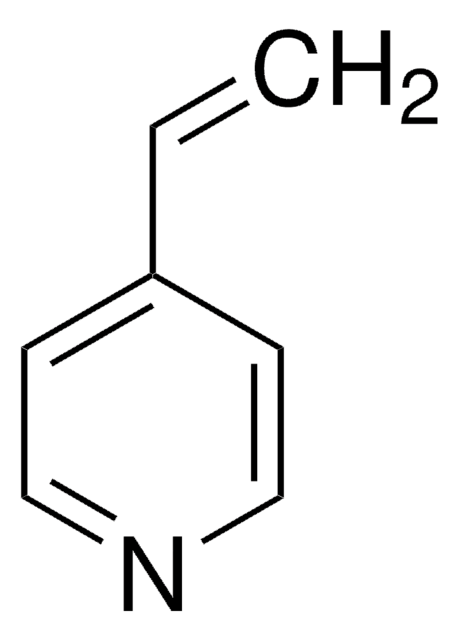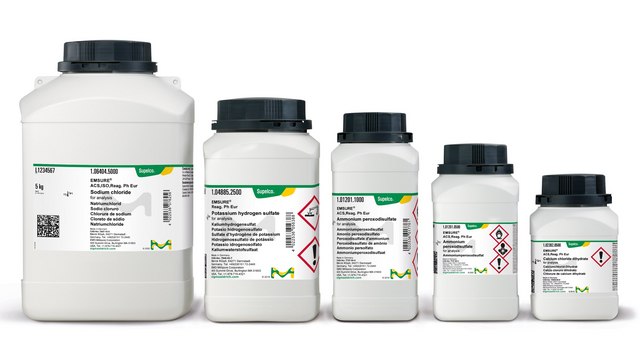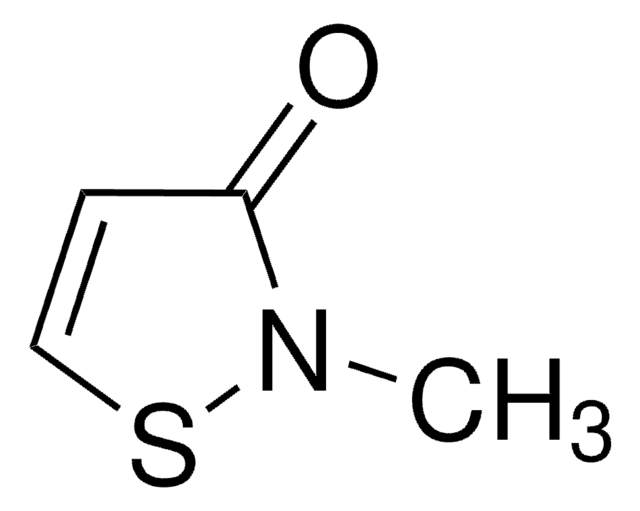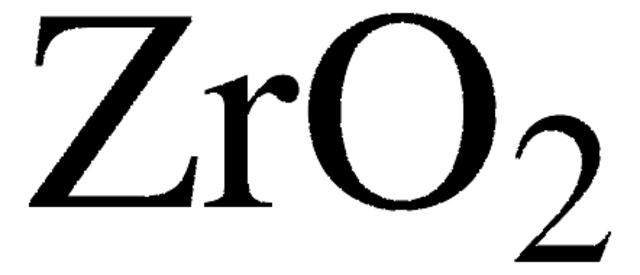442305
Bis(ethylenediamine)copper(II) hydroxide solution
1.0 M in H2O
Synonym(s):
Copper(II)-ethylenediame complex
About This Item
Recommended Products
form
liquid
Quality Level
reaction suitability
reagent type: catalyst
core: copper
concentration
1.0 M in H2O
density
1.086 g/mL at 25 °C
SMILES string
O[Cu]O.NCCN.NCCN
InChI
1S/2C2H8N2.Cu.2H2O/c2*3-1-2-4;;;/h2*1-4H2;;2*1H2/q;;+2;;/p-2
InChI key
WATCRQGYOIZIHC-UHFFFAOYSA-L
Looking for similar products? Visit Product Comparison Guide
1 of 4
This Item | 217573 | 217565 | 208477 |
|---|---|---|---|
| form powder, crystals or chunks | form powder, crystals or chunks | form powder, crystals or chunks | form crystals or chunks |
| assay 98% | assay ≥98% | assay ≥99% | assay 98% |
| Quality Level 200 | Quality Level 200 | Quality Level 200 | Quality Level 100 |
| vapor pressure 300 hPa ( 78 °C) | vapor pressure - | vapor pressure - | vapor pressure - |
| density 3.743 g/mL at 25 °C (lit.) | density - | density - | density - |
General description
Application
signalword
Danger
hcodes
Hazard Classifications
Eye Dam. 1 - Skin Corr. 1B
Storage Class
6.1B - Non-combustible acute toxic Cat. 1 and 2 / very toxic hazardous materials
wgk_germany
WGK 3
flash_point_f
Not applicable
flash_point_c
Not applicable
ppe
Faceshields, Gloves, Goggles, type ABEK (EN14387) respirator filter
Choose from one of the most recent versions:
Already Own This Product?
Find documentation for the products that you have recently purchased in the Document Library.
Customers Also Viewed
Our team of scientists has experience in all areas of research including Life Science, Material Science, Chemical Synthesis, Chromatography, Analytical and many others.
Contact Technical Service


